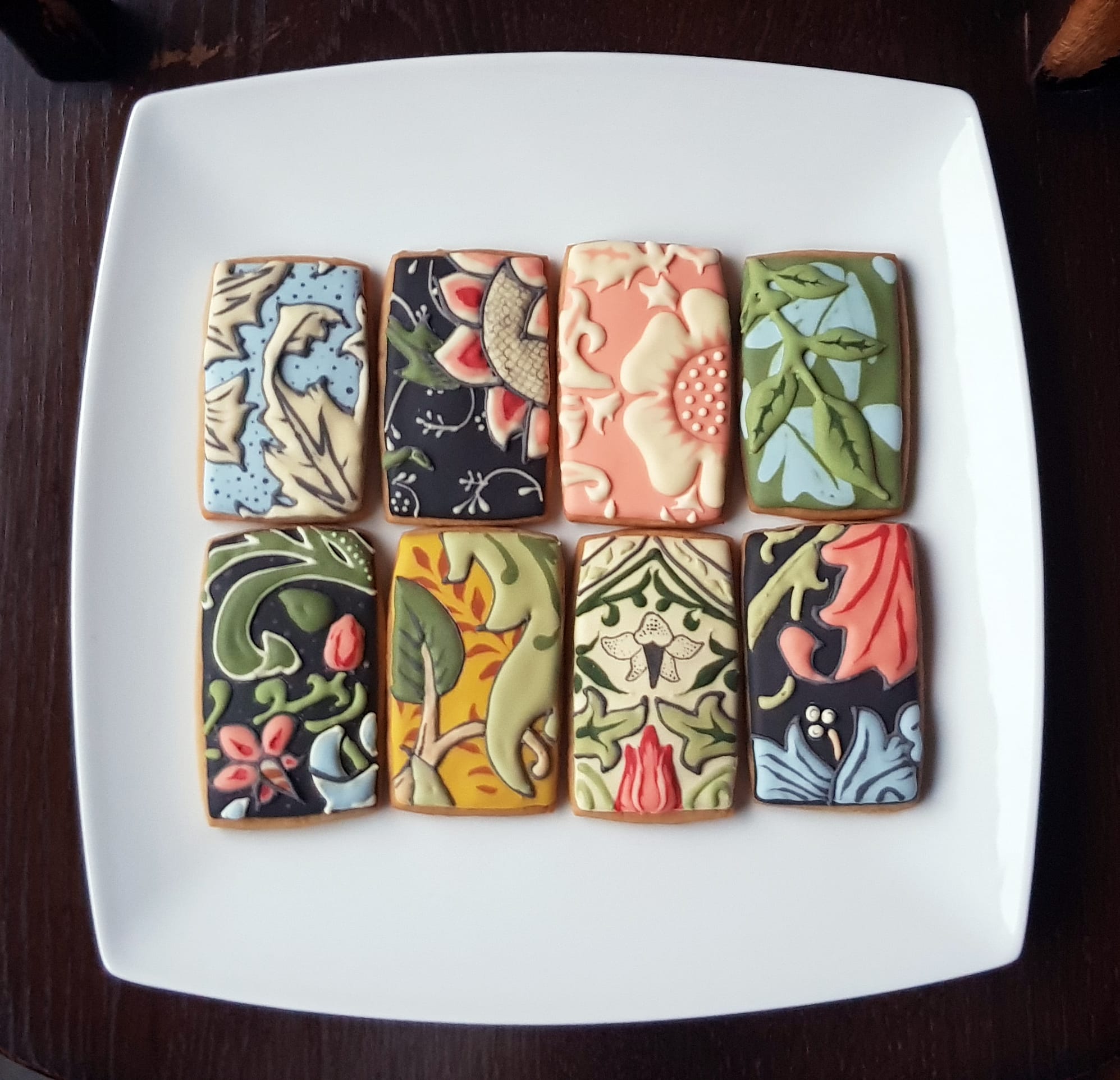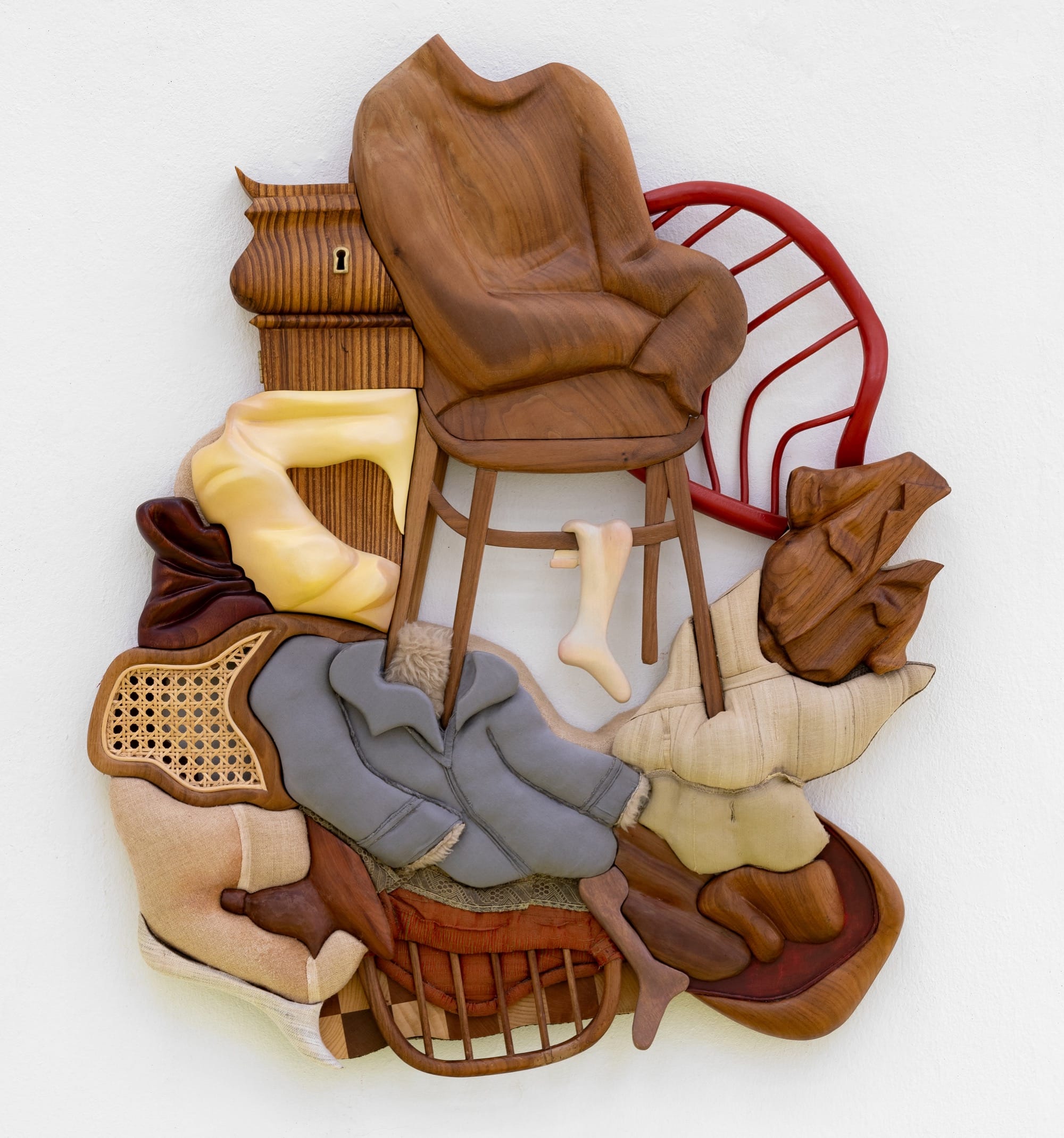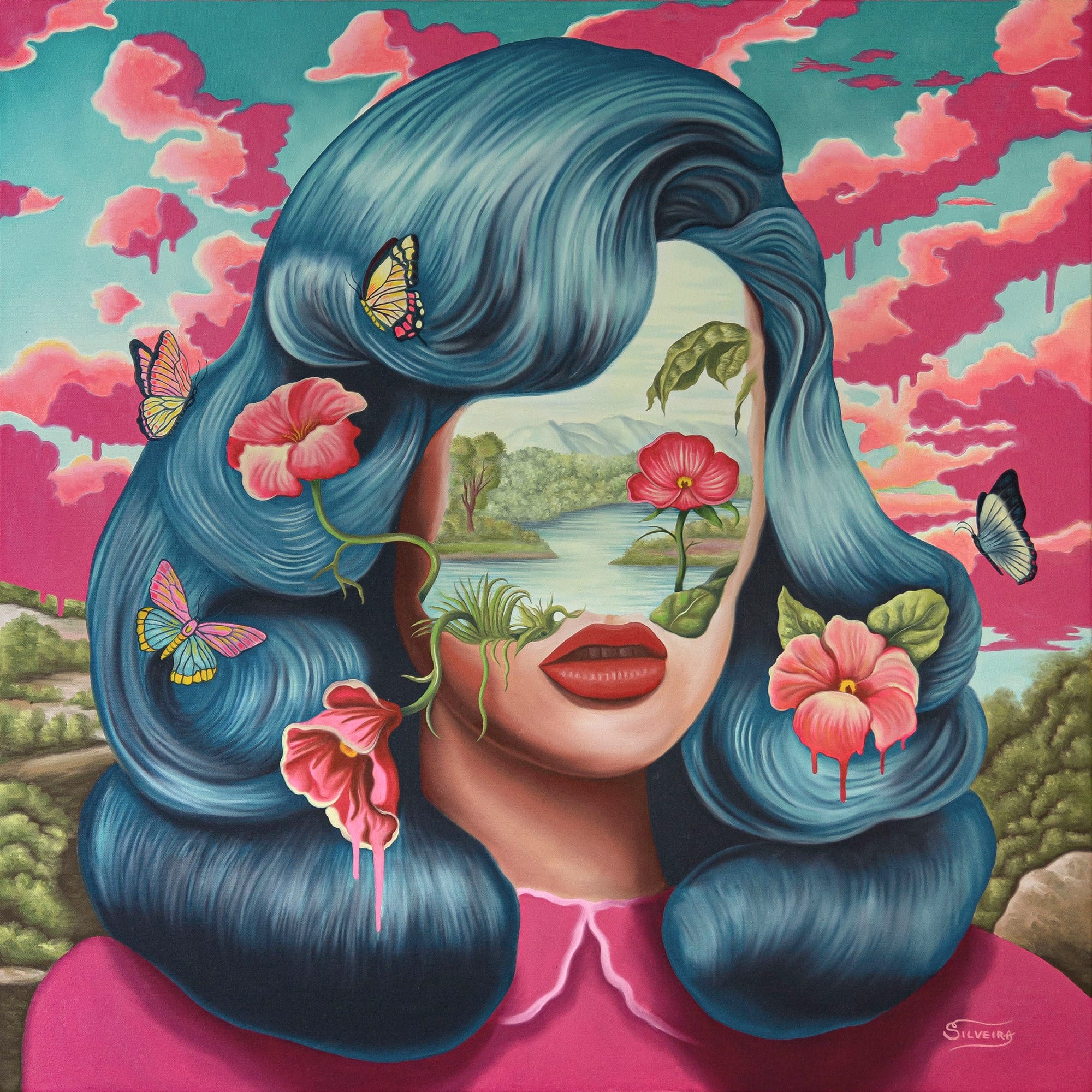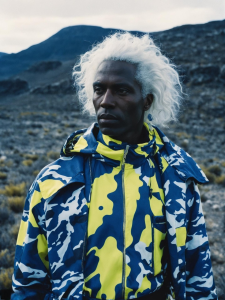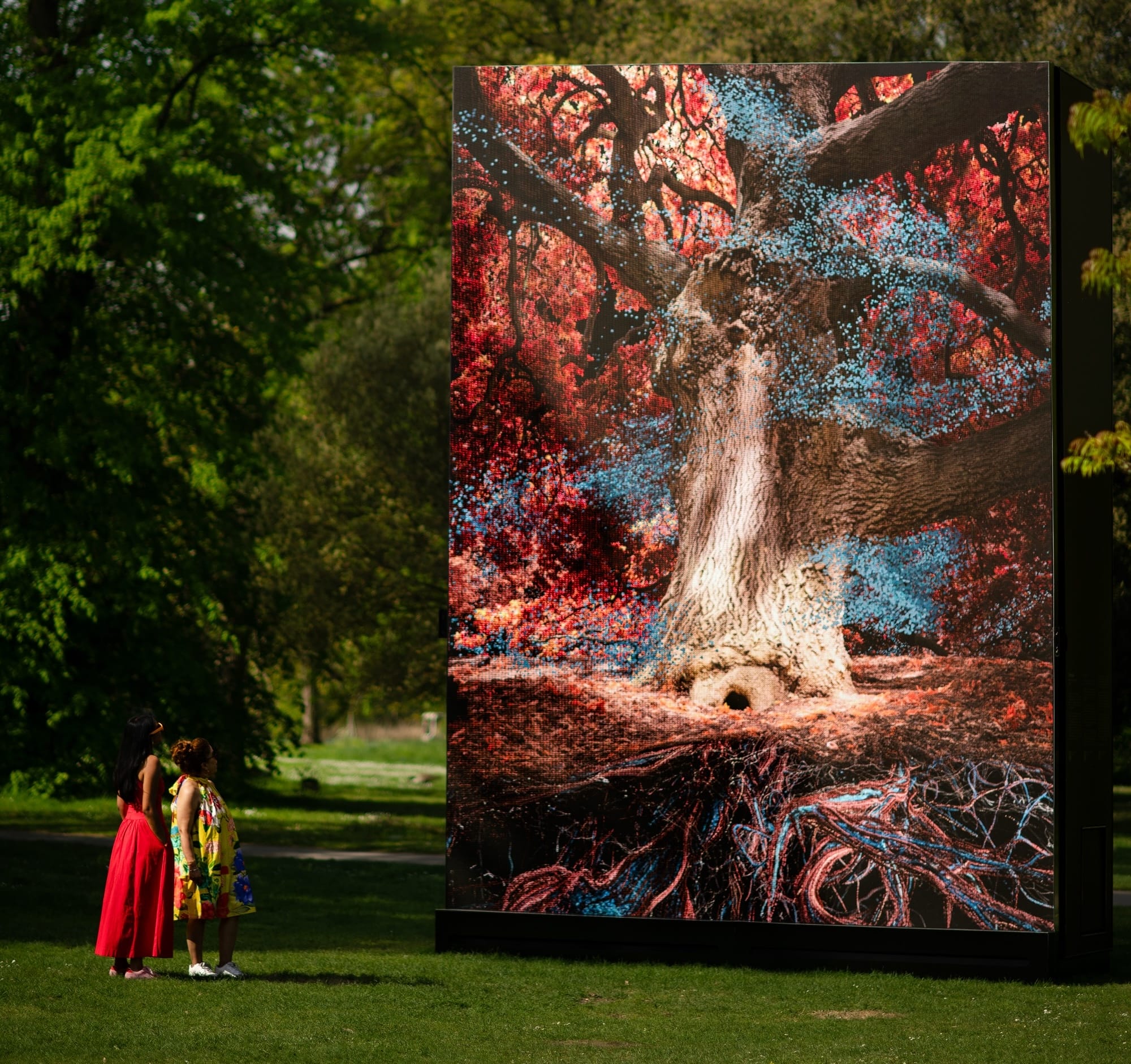Academic research is notoriously niche and often opaque, but Dr. Ella Hawkins has found a crowd-pleasing way to share her studies. The Birmingham-based artist and design historian translates her interests in Shakespeare performance, costume, and matieral culture into edible replicas.
Hawkins bakes batches of cookies that she tops with royal icing. Decorating takes a scholarly turn, as she uses tiny paintbrushes and a mini projector to help trace imagery of William Morris’ ornate floral motifs or coastal scenes from English delftware. Rendering a design on a single cookie can take anywhere between two and four hours, depending on the complexity. Unsurprisingly, minuscule calligraphy and portraits are most demanding.

Hawkins first merged baking and her research about a decade ago while studying undergraduate costume design at the University of Warwick. She decided to bake cupcakes based on Shakespeare productions that her class examined. “It felt like a fun way to look back at all the different design styles we’d covered through the year,” she tells Colossal, adding:
I carried on decorating cakes and cookies based on costume design through my PhD (mainly as goodies to give out during talks, or as gifts for designers that I interviewed), then branched out and spent lots of time doing cookie versions of other artefacts to keep busy during the pandemic.
She has since published an academic book on the topic and is a senior lecturer at Royal Welsh College of Music and Drama. But she also continues to translate artifacts and prized objects held within museum collections into delicious canvases.
There’s a set made in collaboration with Milton’s Cottage, a museum in the country house where John Milton finished his epic Paradise Lost. Anchored by a delicately crosshatched portrait evoking that of the frontispiece, the collection contains typographic titles and signs that appear straight from a 17th-century book.

Hawkins ventures farther back in history to ancient Greece with a collection of pottery sherds inspired by objects within the Ashmolean Museum. With a bowed surface to mimic a vessel’s curvature, the irregular shapes feature fragments of various motifs and figures to which she applied a sgraffito technique, a Renaissance method of scratching a surface to reveal the layer below.
The weathered appearance is the result of blotting a base of pale brown-grey before using a scribe tool to scratch and crack the royal icing coating the surface. She then lined these etchings with a mix of vodka and black food coloring to mimic dirt and wear. (It’s worth taking a look at this process video.)
Other than a select few preserved for talks and events, Hawkins assures us that the rest of her cookies are eaten. Find more of her work on her website and Instagram.





